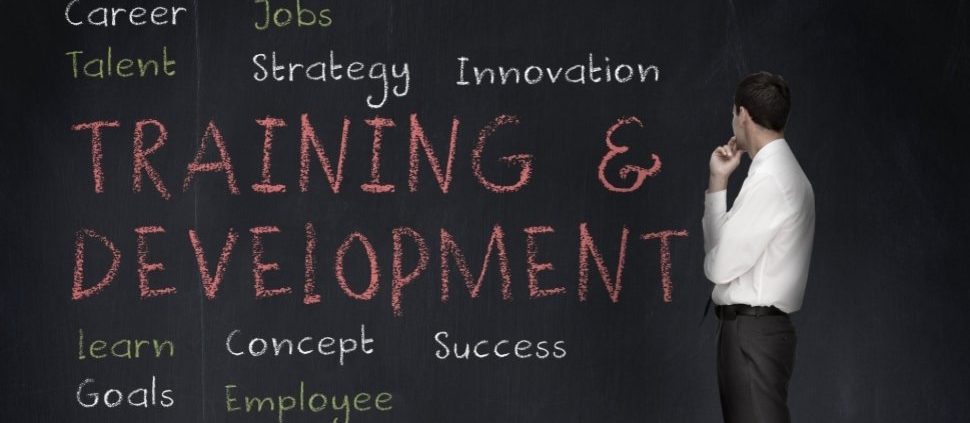Training will help your business grow despite the ever increasing talent shortage. Nothing beats having happy employees that see your company as a place where they can grow and advance their careers.
In the coming decade, we’re going to see an increasing talent shortage. As the baby boomers retire, there simply aren’t enough qualified candidates to replace them. Generation X may have the appropriate amount of experience, but there are far too few of them. Millennials are eager to take the reigns, but often lack the critical skills necessary to fill the gap left by the now retired baby boomer formerly in that role.
How can entrepreneurs compete effectively with their larger, more established counterparts? One way is through training. The future of your business depends on the next generation of workers who need mastery of increasingly complex skills. To avoid being caught flat-footed as the talent war heats up, it’s important to train your next generation of leaders now.
For the past 20 years, Tracey McCormack, CEO of McCormack Media, has been teaching media courses as part of a UCLA Extension program as well as designing custom training workshops for companies such as Creative Artist Agency, Fox, Hulu, NASCAR, NBC, and ZenithOptimeida.
“Training is a long-term investment and you have to plan and set aside time and resources for it, in order for it to be effective” says Tracey McCormack.
Most entrepreneurs struggle with consistent training as the needs of a growing business often take precedent. When done correctly, training can sharpen the skills of your team, break down internal silos and, in doing so, deliver new levels of growth for your company. But not all training is the same. So what should you look for when considering training resources for your company? When speaking with Tracey McCormack about this, she illustrated the key differences between short-lived and sustainable, high-impact training programs.
5 Aspects of Best-In-Class Training:
- Holistic. Successful training programs tend to include all levels of an organization and every department. While one-off training tends to be short-lived, holistic training galvanizes an organization around new areas of growth. When training is seen as a strategic investment in a company’s growth, everyone’s participation matters and ensures that the appropriate changes permeate not just the people being trained, but the process that allows for ongoing improvement well after the training has ended.
- Hands-On. The most effective training programs need handled in person. Despite all the great screen share technology out there today, nothing beats person-to-person, hands-on training. When you’re in the room, you’re usually not multi-tasking. A good facilitator ensures engagement and doesn’t allow outside distractions. This creates a highly interactive and engaging forum that leads to breakthroughs. These discoveries allow for immediate implementation internally and externally with new and current clients.
- Qualified Expertise. There are many people who claim to be experts. But the information being taught is just as important as the person conducting the training. Your training should be conducted by industry experts who are current on the latest trends and platforms. It helps if they can share their real-world experience so that the training goes beyond theory and can be applied to immediate opportunities your company is considering today.
- Individual Attention. While most training programs are conducted in groups, it’s important that each individual have the one-on-one support they need. Consider the needs of each person in the room, and ensure the training efforts are appropriately matched with the amount of time needed for each trainee so that there is an individual and practical application of the skills learned.
- Accountability. Before you engage, be sure you know what outcomes you see for your training. If you’re not sure, speak with the organization you’re considering to get clear on what you’re looking for. This should lead to follow through of the key strategies, tactics, and techniques learned so that they are applied against pre-defined and measurable Key Performance Indicators (KPIs). This is how you can measure the return on investment (ROI) of your training investment.
“Your training can and should be personalized and customized for your needs and measured upon actual, measurable goals and results”, says Tracey McCormack. While most companies view training as an expense to the business, it’s clear that Tracey McCormack views training as an investment with an expected return. She sees training as an investment in the long-term success of your business. And, according toa study by the National Association of Advertisers, capability development has the strongest correlation to revenue growth, brand health, and ROI.
Winning the Talent War with Training
In addition to the near-term ROI of your training investment, having happy employees that see the company as a place where they can grow and advance their careers builds loyalty and will help your business grow despite the ever increasing talent shortage. Most businesses will agree that your talent is your most expensive and most important company asset. Training is an investment in that talent that builds a strong corporate culture. Training cultivates loyalty and creates a corporate culture for success.



